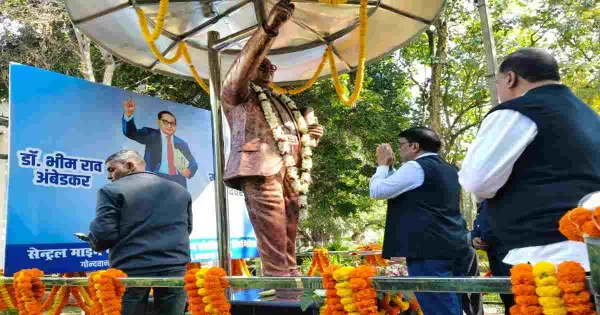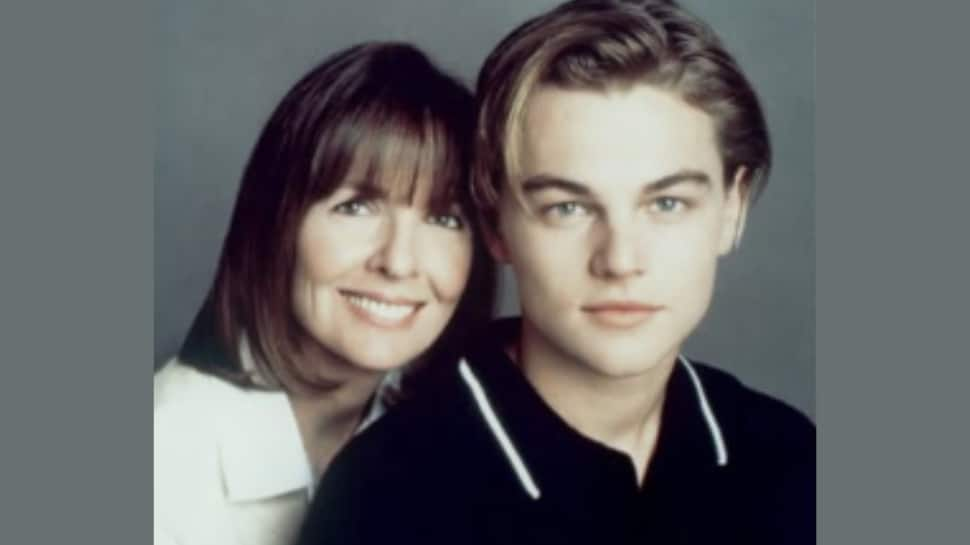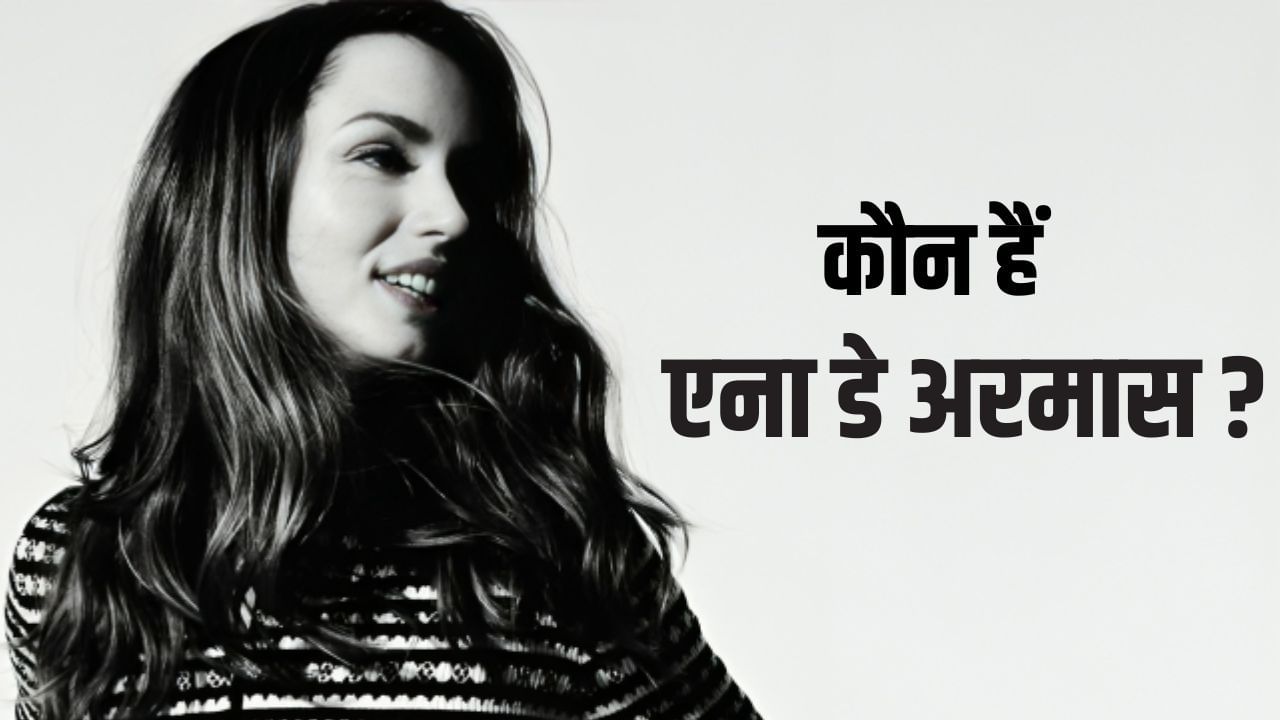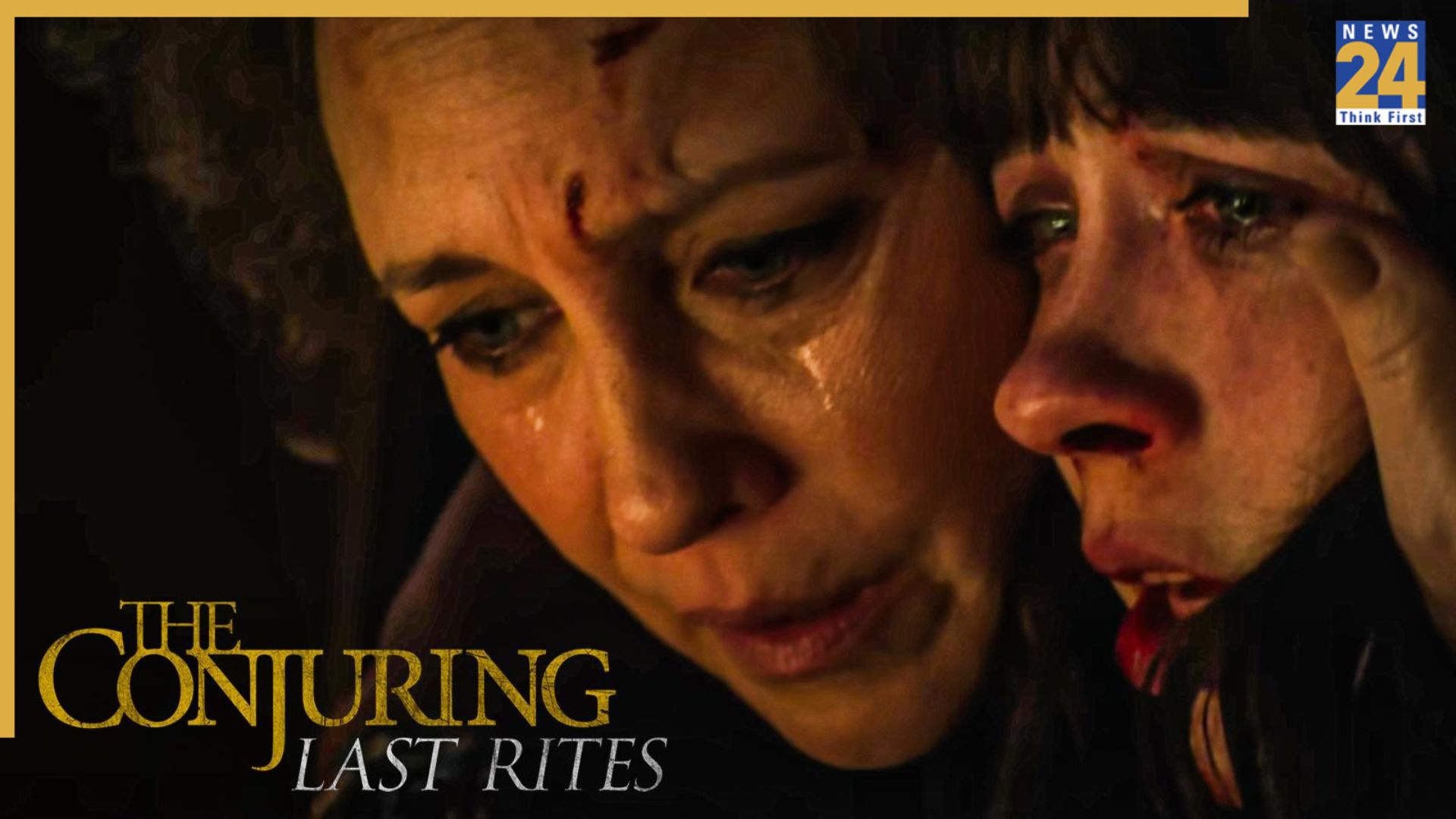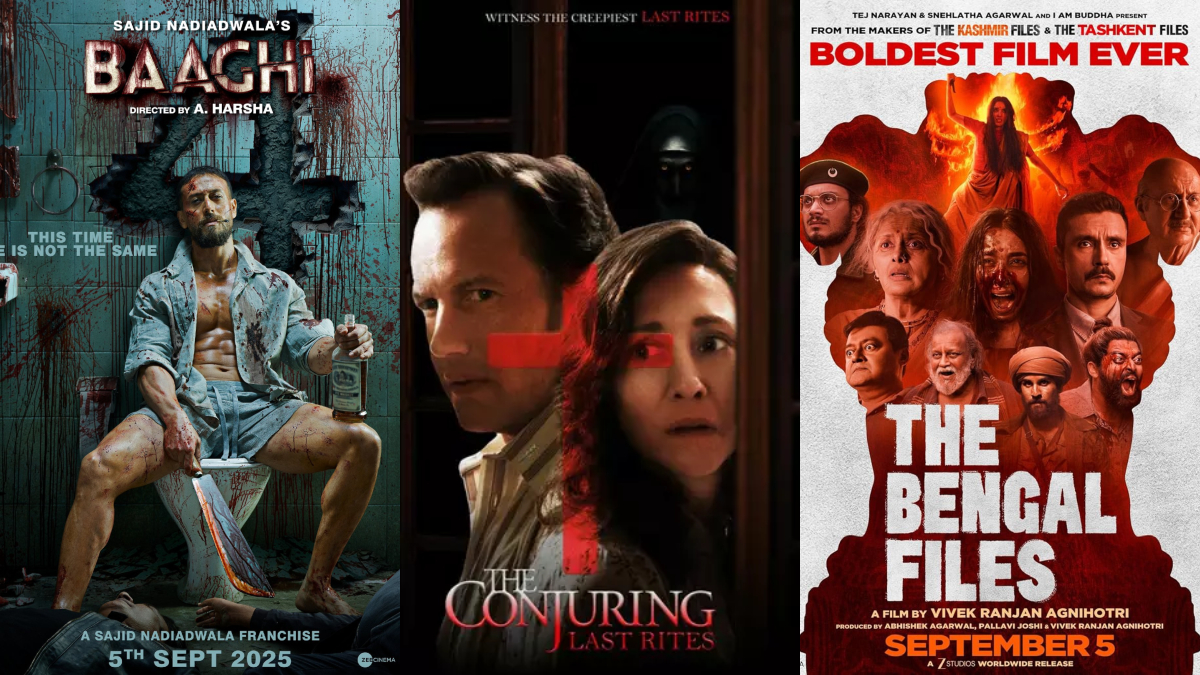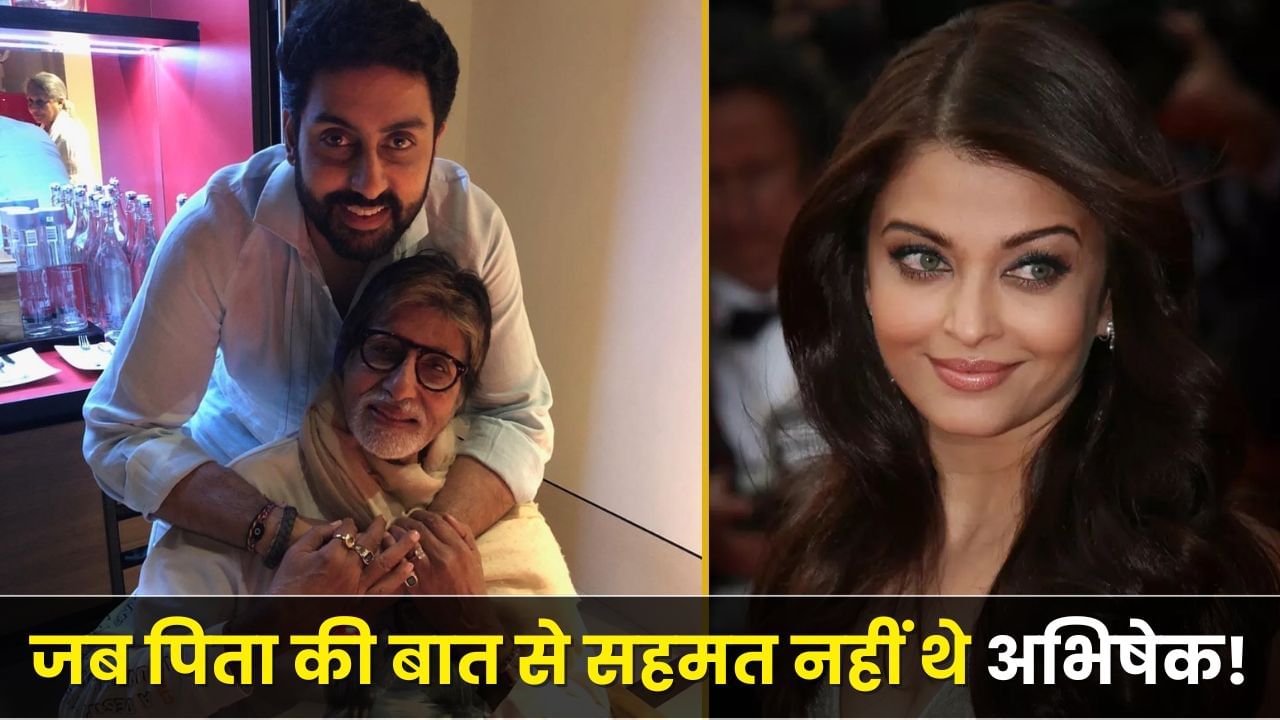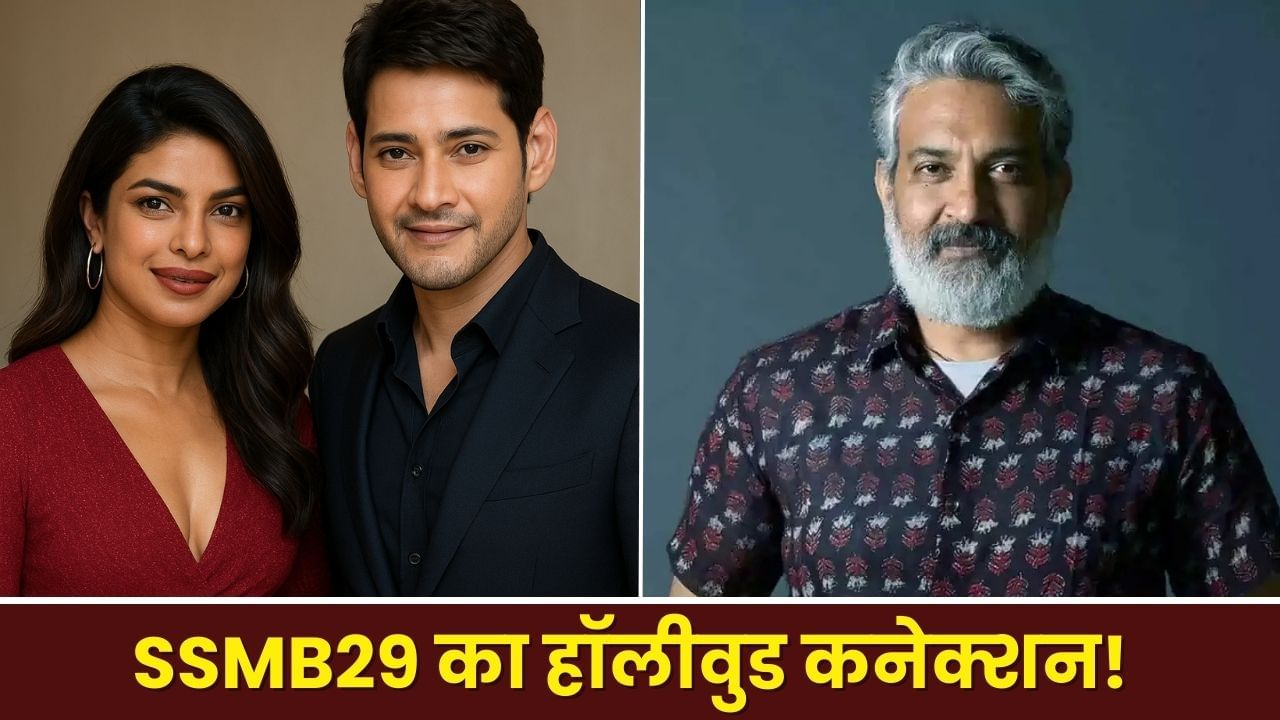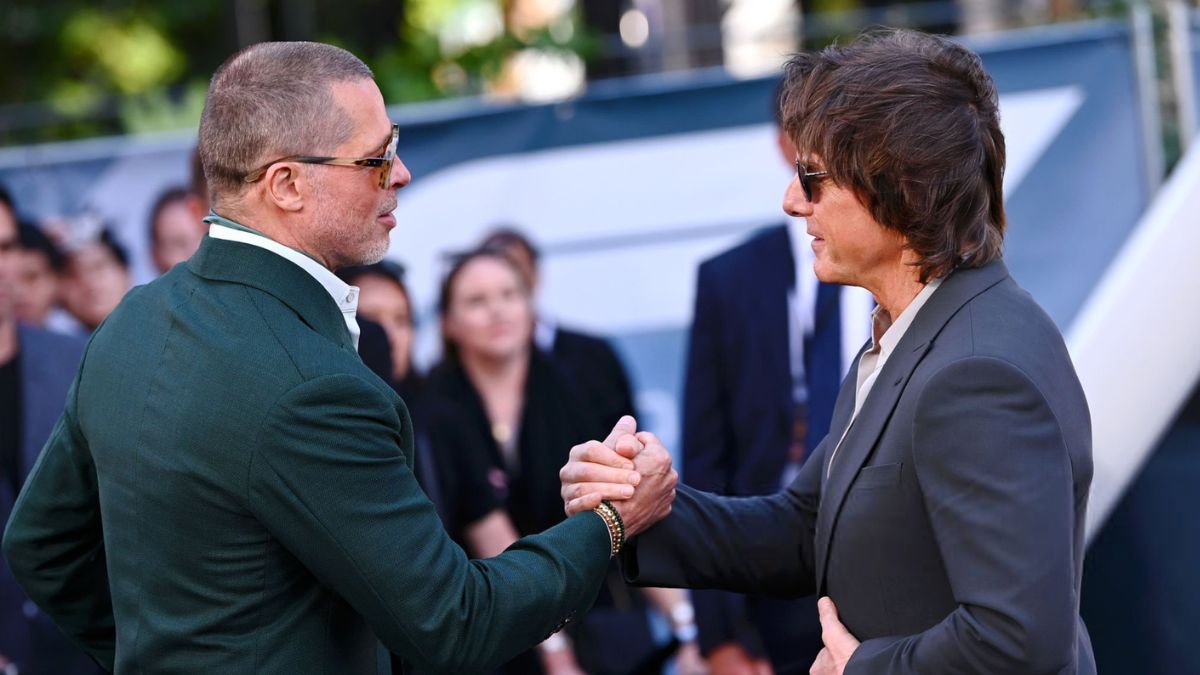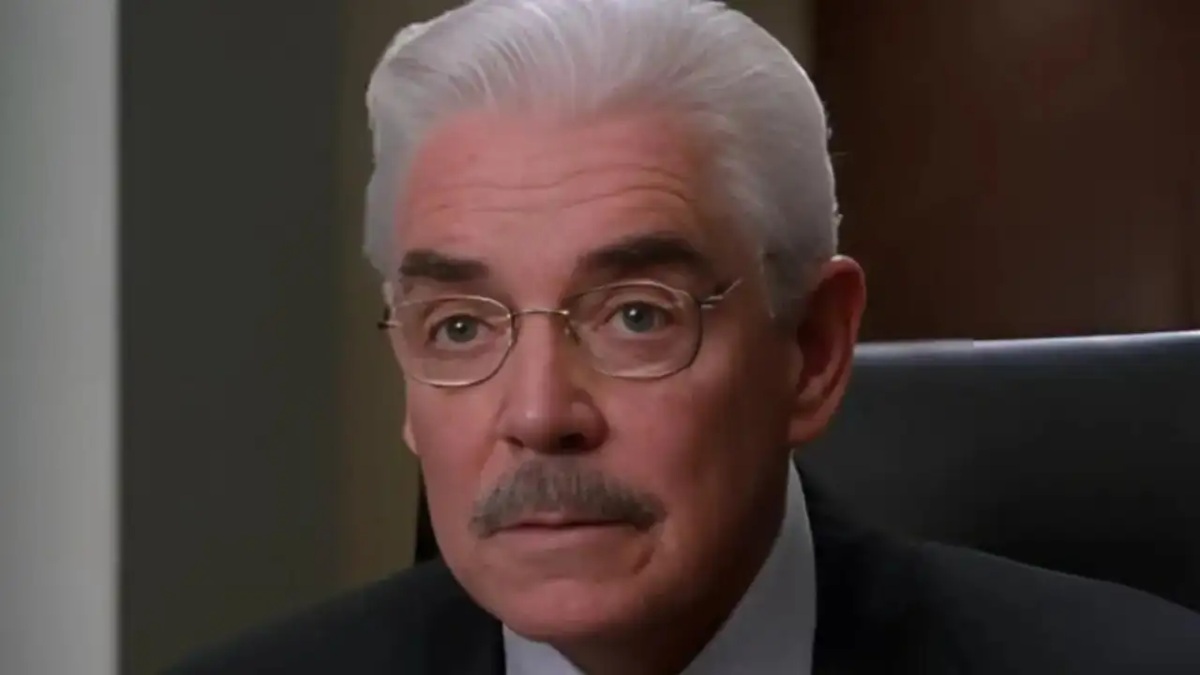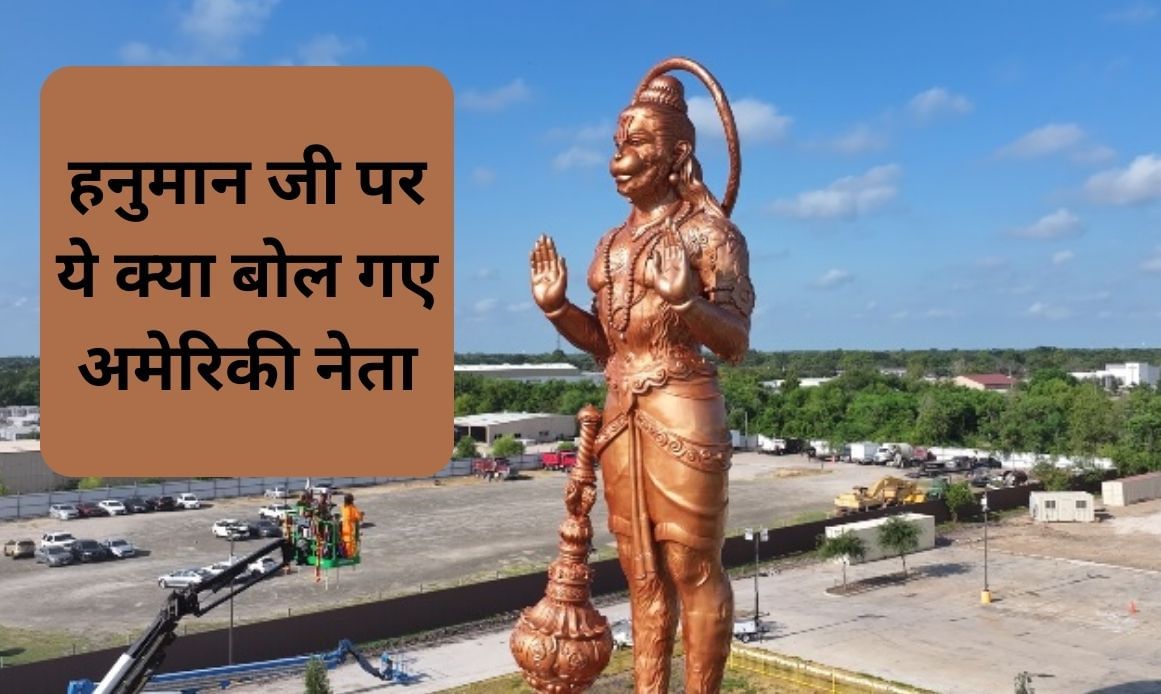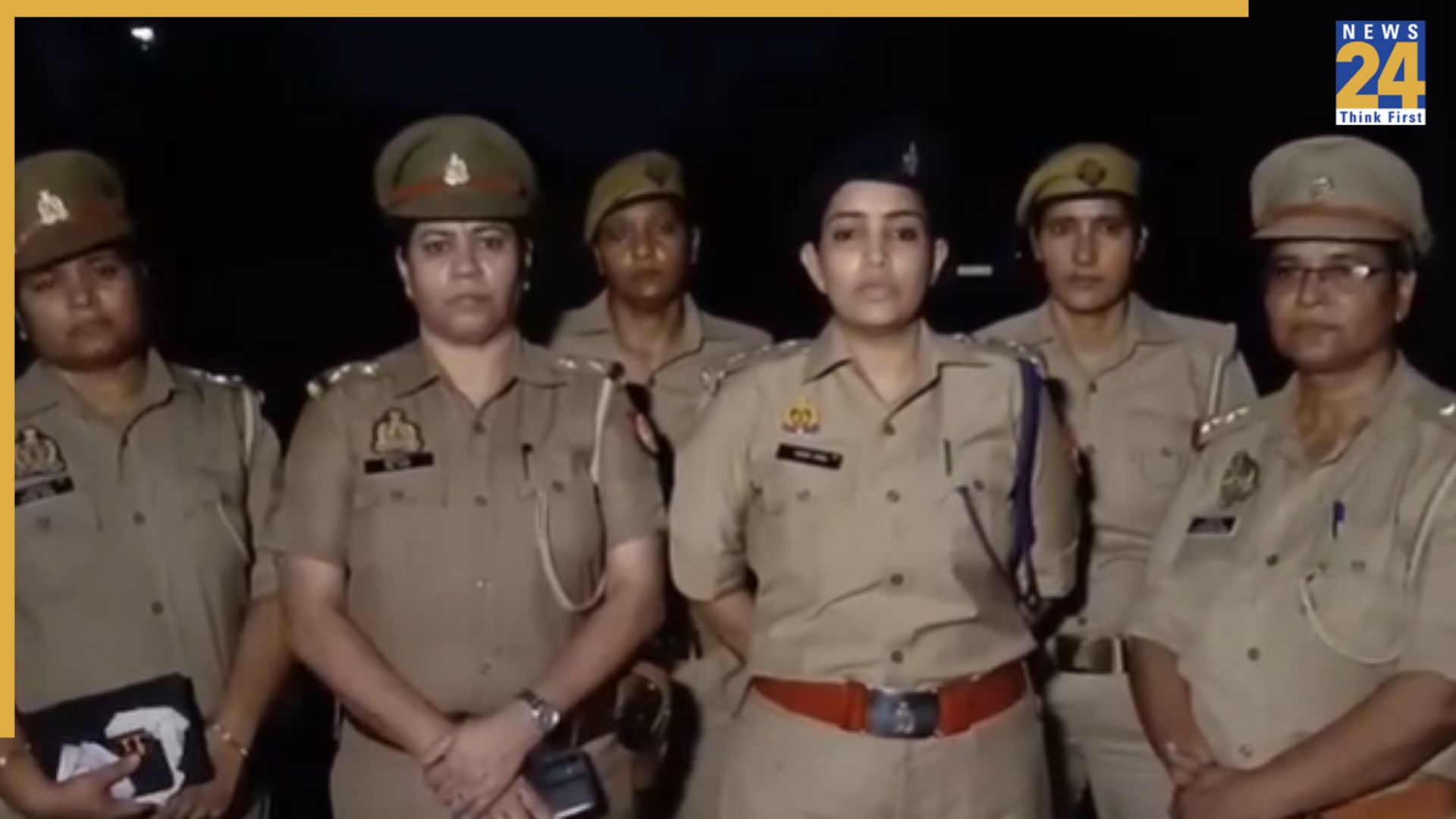Subscribe to Updates
Get the latest creative news from FooBar about art, design and business.
Browsing: Hollywood
Deepika Padukone is widely regarded as one of the finest actresses of her generation. She is beloved by fans and fellow celebrities…
The Conjuring: Last Rites Dominates Advance Bookings, Surpassing Baaghi 4 and The Bengal Files
This week, Indian moviegoers anticipate the release of three prominent films: the Hollywood horror film “The Conjuring: Last Rites,” the Hindi action…
Bachchan Family: Amitabh Bachchan’s Comments on Aishwarya’s Career, and Abhishek’s Disagreement
The Bachchan family consistently garners attention. Within Amitabh Bachchan’s family, there are many accomplished artists. Amitabh Bachchan is a prominent figure in…
The upcoming Ganesh Chaturthi festival, celebrated with great enthusiasm for 10 days, holds a special place in the hearts of many. Some…
SSMB29: Hollywood Connection Emerges for Mahesh Babu and Priyanka Chopra’s 1000 Crore Film
Mahesh Babu and Priyanka Chopra are currently working on their upcoming film, SSMB29, directed by S.S. Rajamouli. The title and subject of…
In Willard Carroll’s film ‘Marigold,’ the titular character, played by Ali Larter, is introduced as a brash and ill-mannered American actress. She…
Several child artists in the film industry have maintained a distinct identity even after growing up. This article focuses on an artist…
Former US President Donald Trump has expressed his admiration for a new advertisement featuring 27-year-old Hollywood actress and model Sydney Sweeney. The…
Hollywood icons Tom Cruise and Brad Pitt recently delighted fans with a rare public appearance together at the premiere of the upcoming…
Jack Betts, remembered for his role as Henry Balkan in Sam Raimi’s ‘Spider-Man’ (2002) and his extensive work in spaghetti Westerns and…
This might come across as a heartbreak for the fans of Hollywood star daniel craig as the actor isn Bollywood the DC…


